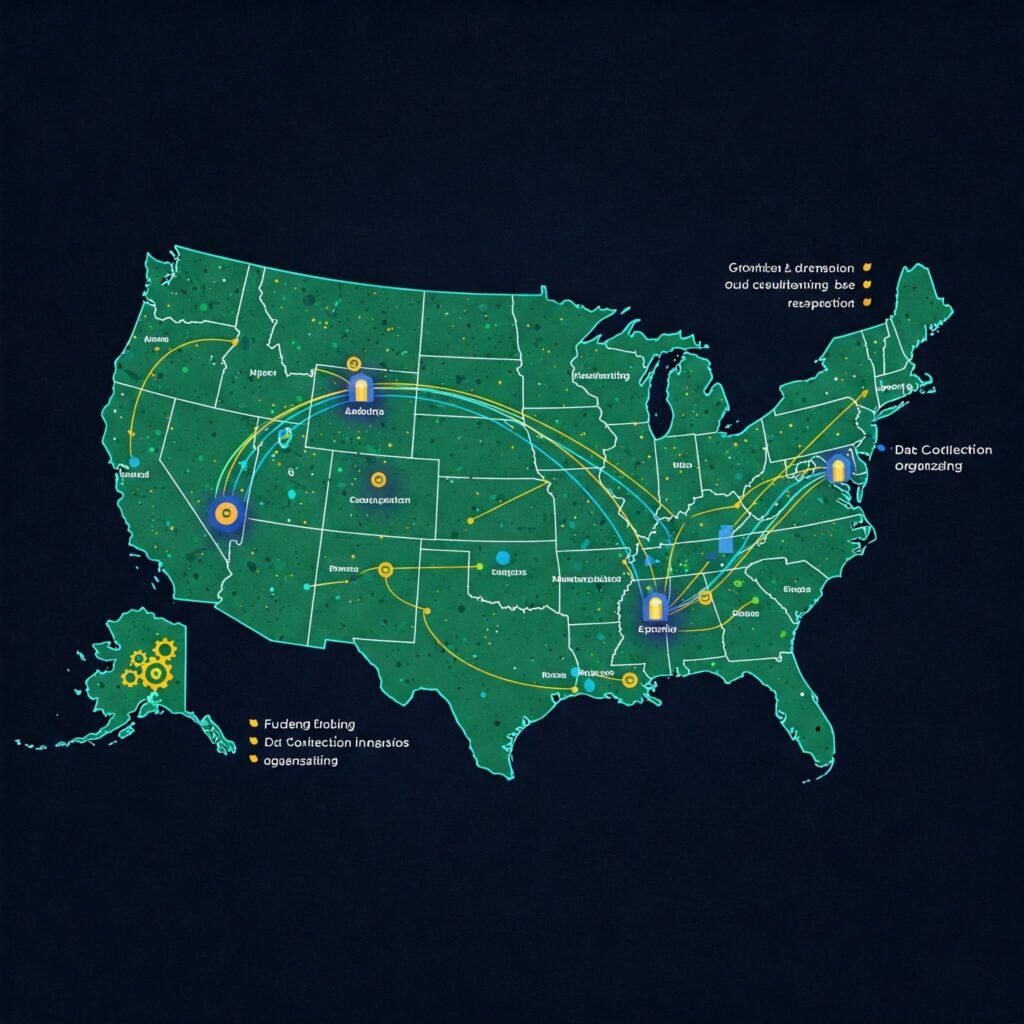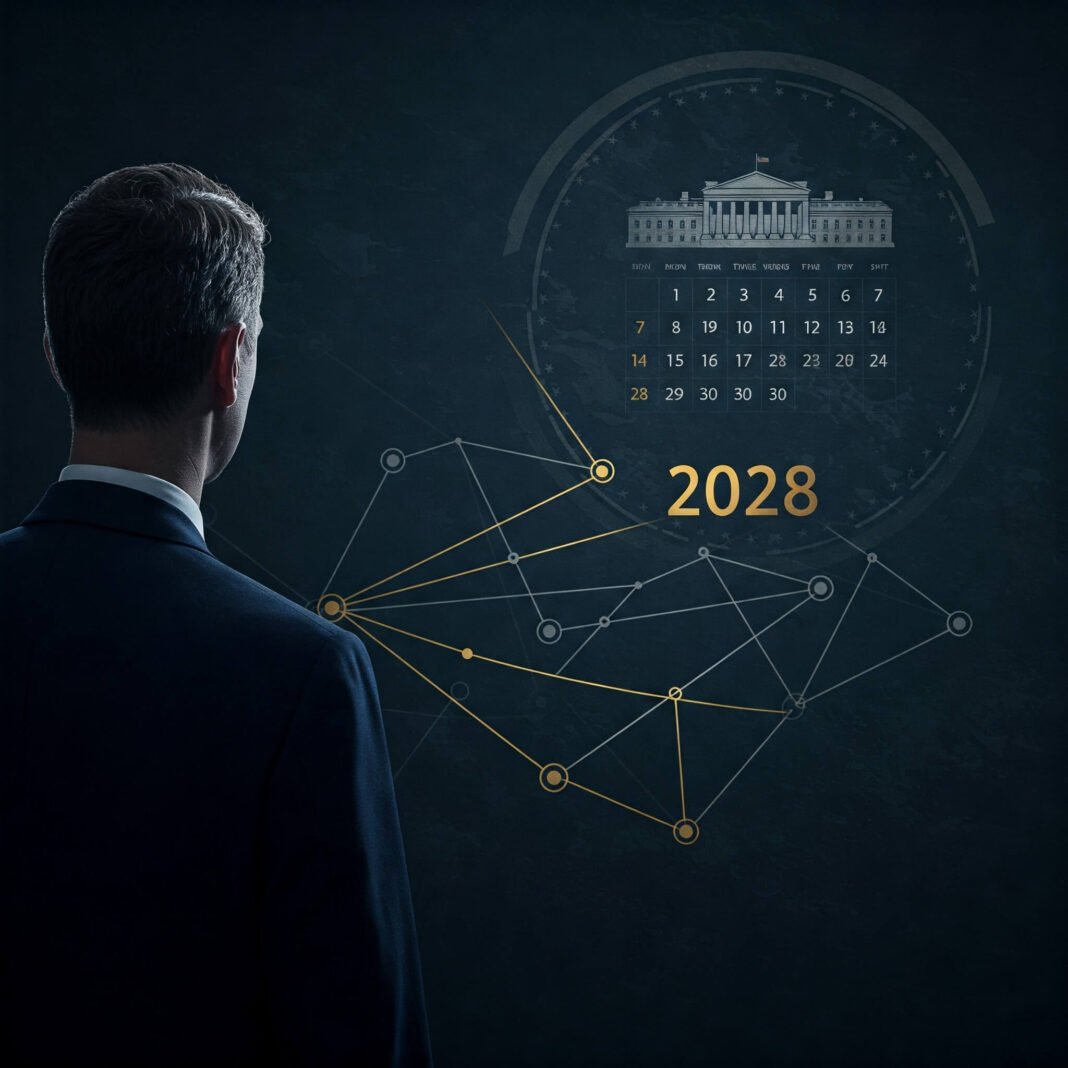The dust from the last election cycle barely settles before the political world starts buzzing about the next one. In the perpetual motion machine of modern politics, planning for the future is a constant. One of the biggest questions that looms is whether the incumbent President is actively President Preparing for 2028 re-election. While no official announcement may be made for years, experienced political observers know that the groundwork for a re-election bid begins early – often from the moment a President takes office or is re-elected for their first term.
So, how can we gauge if the wheels are turning for a potential 2028 campaign? Let’s look at the subtle (and not-so-subtle) indicators that often signal a President is gearing up for another run at the White House.
Signs a President Preparing is Gearing Up for a 2028 Re-Election Bid
Presidents and their teams are strategic thinkers, always looking ahead. Their actions, even early in a term, can provide clues about future intentions.
Early Fundraising Signals
Money is the lifeblood of political campaigns. While direct campaign committees might not be fully operational years out, looking at related entities can be telling.
- Building PACs: Are political action committees affiliated with the President or their key allies actively fundraising?
- High-Dollar Donor Events: Frequent events with major donors, even framed as party-building or policy discussions, help cultivate the financial network needed for a future campaign.
- Digital Fundraising Infrastructure: Investing in and testing online fundraising platforms and donor lists indicates preparation for rapid resource mobilization.
Early and consistent fundraising efforts, even through indirect channels, are a strong indicator that a president is keeping their options open and building the necessary war chest for a potential re-election campaign.
Policy Moves with a Future Focus
A President Preparing policy agenda is intrinsically linked to their political future. Decisions made today can lay the foundation for a re-election narrative tomorrow.
- Legacy-Defining Initiatives: Pushing for major legislative victories or executive actions that align with campaign promises and appeal to key voter demographics.
- Addressing Key Campaign Issues: Actively working on the issues that got them elected, demonstrating follow-through to their base.
- Targeting Swing States/Demographics: Announcing or implementing policies that disproportionately benefit areas or groups crucial for a winning coalition in 2028.
Policy isn’t just about governing; it’s about building a record to run on. A President focused on potential re-election will prioritize initiatives that resonate with voters and differentiate them from potential opponents.
Ramped-Up Public Presence
The Presidential platform is powerful, and a President looking towards re-election will use it extensively.
- Increased Travel: More trips outside of Washington, especially to battleground states or areas with specific local issues the administration is addressing.
- Targeted Messaging: Focusing speeches and public appearances on themes and accomplishments that will form the core of a future campaign message.
- Controlled Media Appearances: Participating in interviews or events designed to reach specific audiences and control the narrative.
Visibility and carefully crafted messaging are essential components of any campaign, and a President preparing for 2028 will make themselves seen and heard strategically.
Building the Campaign Machine
Even without an official campaign, the organizational framework starts to take shape.
- Staffing Decisions: Hiring experienced campaign operatives into White House or agency roles who can transition to a campaign.
- Data Analytics: Investing in data collection and analysis capabilities to understand voter sentiment and target outreach.
- Informal Networks: Key political advisors who operate outside formal government roles but are deeply involved in political strategy.

This behind-the-scenes infrastructure is critical. A well-oiled campaign machine isn’t built overnight; it requires years of planning and personnel decisions.
Historical Context: Past Paths to Re-Election
Looking at how previous Presidents approached re-election can provide valuable context. Historically, Presidents often focus on key themes:
- Economic Performance: Highlighting job growth, low inflation, or increased prosperity.
- Leadership in Crisis: Emphasizing decisive action during national or international challenges.
- Fulfilling Promises: Demonstrating that they delivered on their previous campaign platform.
- Defining the Opposition: Framing the choice for voters as a clear contrast between their leadership and that of their opponent.
Presidents like FDR, Reagan, Clinton, Obama, and Trump all employed different strategies based on the political and economic climate of their time, but the core principle of building a record and message for a second term remained consistent. Understanding these historical playbooks helps us interpret current actions.
Roadblocks on the Path to 2028 Re-Election
Even with careful preparation, a President’s path to a second term in 2028 is never guaranteed. Several significant hurdles always exist.
Navigating the Political Climate
Public opinion is volatile. A President’s approval ratings, major political scandals, or unexpected events can drastically alter the landscape. Political polarization also means winning over undecided or opposing voters is increasingly difficult.
The Economic Landscape
The state of the economy is consistently a major factor in re-election outcomes. High inflation, recession, or widespread job losses can sink a President’s chances, regardless of their policy efforts.
Potential Opposition
Whether facing a challenge from within their own party or a strong, unified opposition candidate, a President must be prepared for a competitive race. The field of potential opponents in 2028 will shape the President’s strategy.

Successfully navigating these challenges requires not only preparation but also adaptability and effective communication.
Why This Matters: The Impact on Voters
The question of whether the President is preparing for 2028 re-election isn’t just political fodder; it impacts governance. A President focused on re-election might prioritize short-term political wins over long-term policy challenges. Conversely, the desire to build a strong legacy for a re-election campaign can motivate ambitious policy goals.
For voters, understanding these dynamics is key to critically evaluating the President’s actions and rhetoric in the coming years. Are policies being pursued for the public good, or primarily for political advantage?

Conclusion: The Never-Ending Campaign
While we won’t know definitively if the President will seek re-election in 2028 for quite some time, the signals and strategies are already in play. From fundraising efforts and policy priorities to public appearances and team building, the groundwork for a potential campaign is likely well underway.
Analyzing these signs through the lens of historical precedent and potential challenges provides valuable insight into the political machinations shaping the future. Keep an eye on these indicators – they offer a preview of the political battles to come as 2028 draws closer.




